WE ARE ALL DESIGNERS - Self-guided Tour
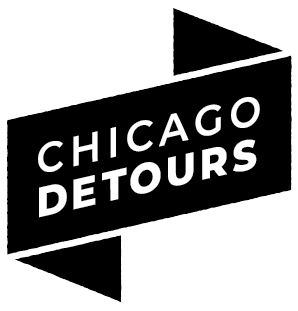
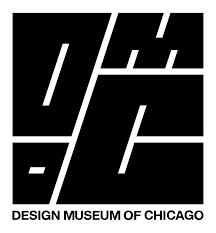


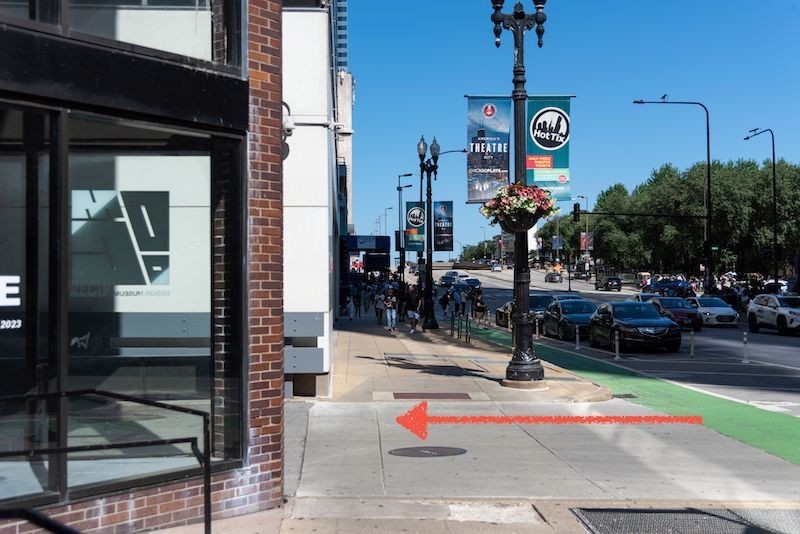
⇒URBAN DESIGN WITH ALLEYS
⇒URBAN DESIGN WITH ALLEYS
URBAN DESIGN WITH ALLEYS
URBAN DESIGN WITH ALLEYS
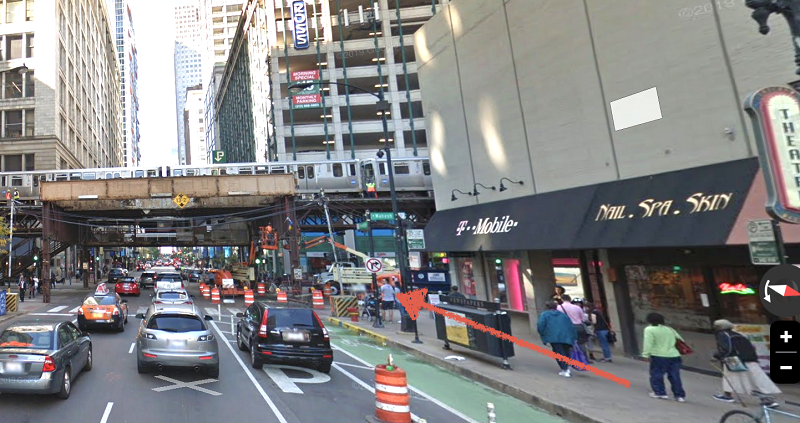
⇒ENGINEERING DESIGN WITH THE 'L TRACKS
1. Walk toward the elevated tracks. Carefully continue to cross Wabash and stop at the sidewalk.
(NW corner of E. Randolph and N. Wabash).

⇒ENGINEERING DESIGN WITH THE 'L TRACKS
1. Walk toward the elevated tracks. Carefully continue to cross Wabash and stop at the sidewalk.
(NW corner of E. Randolph and N. Wabash).

ENGINEERING DESIGN WITH THE 'L TRACKS
Hundreds of trains travel this curve without issue every week because the tracks were originally well designed 100+ years ago. The view of the 'L has become a classic establishing shot for movies and series set in Chicago.
What is engineering design? The plan, look and fun
Engineering design, like other design processes, uncovers the problem and creates prototypes to test, evaluate, and iterate (or improve). A unique element of engineering design is that its problem is usually apparent. For other kinds of design, research to uncover the problem is a large step in the process.
To design the tracks, a distinct set of steps and testing had to be used to consider the degree of curvature, track gauge, train weight, and dimensions of the car, wheels and bearings.
A big challenge for engineering designers is human error - which caused a fatal accident at this curve in 1977. Learn about it with other design and history resources via the email that you can opt to receive.
ENGINEERING DESIGN WITH THE 'L TRACKS
Hundreds of trains travel this curve without issue every week because the tracks were originally well designed 100+ years ago. The view of the 'L has become a classic establishing shot for movies and series set in Chicago.
What is engineering design? The plan, look and fun
Engineering design, like other design processes, uncovers the problem and creates prototypes to test, evaluate, and iterate (or improve). A unique element of engineering design is that its problem is usually apparent. For other kinds of design, research to uncover the problem is a large step in the process.
To design the tracks, a distinct set of steps and testing had to be used to consider the degree of curvature, track gauge, train weight, and dimensions of the car, wheels and bearings.
A big challenge for engineering designers is human error - which caused a fatal accident at this curve in 1977. Learn about it with other design and history resources via the email that you can opt to receive.
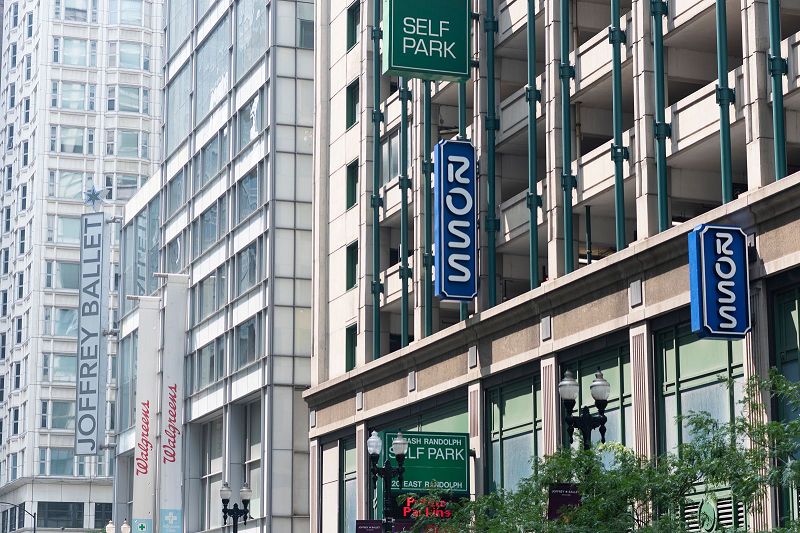
⇒GRAPHIC DESIGN WITH SIGNS
Stand on the edge of the Randolph street sidewalk.
👀 Look westward at the signs.
⇒GRAPHIC DESIGN WITH SIGNS
Stand on the edge of the Randolph street sidewalk.
👀 Look westward at the signs.
GRAPHIC DESIGN WITH SIGNS
These signs get great visibility. It's a busy block for pedestrians and train riders can see them, too.
Chicago's rich history in graphic design is tied to its roots in the printing and advertising industries. Notice the different kinds of lettering on the signs of buildings and businesses.
What is graphic design? Visual communication via text and images.
One artistic choice that a designer makes is typeface, which is the color, weight, curves, angles, balance, and spacing of letters. It can subtly communicate:
- mood
- emotions
- PERSONALITY
Often confused with "font," the typeface is the unique design of the letters while the font describes the variations within the typeface design, I.e. bold, italic, or different sizes.
GRAPHIC DESIGN WITH SIGNS
These signs get great visibility. It's a busy block for pedestrians and train riders can see them, too.
Chicago's rich history in graphic design is tied to its roots in the printing and advertising industries. Notice the different kinds of lettering on the signs of buildings and businesses.
What is graphic design? Visual communication via text and images.
One artistic choice that a designer makes is typeface, which is the color, weight, curves, angles, balance, and spacing of letters. It can subtly communicate:
- mood
- emotions
- PERSONALITY
Often confused with "font," the typeface is the unique design of the letters while the font describes the variations within the typeface design, I.e. bold, italic, or different sizes.
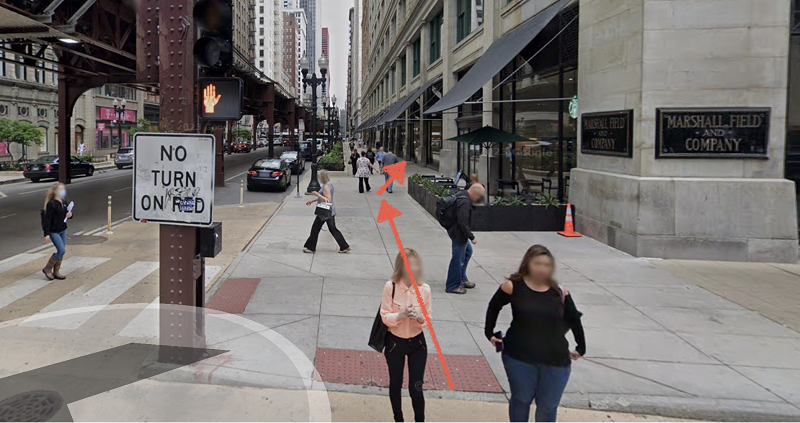
⇒INDUSTRIAL DESIGN AND MACY'S
Walk parallel to the tracks, past Marshall Field's/Macy's doors to the first display window 👀.
(On Wabash, just south of E. Randolph St.)
⇒INDUSTRIAL DESIGN AND MACY'S
Walk parallel to the tracks, past Marshall Field's/Macy's doors to the first display window 👀.
(On Wabash, just south of E. Randolph St.)
INDUSTRIAL DESIGN AND MACY'S
Marshall Field's department store (1852-2006) was known as one of the finest places to shop. They sold not just the latest fashions from France and Italy, but also a multitude of items produced on a newly massive scale by factories instead of the old way by hand.
What is industrial design? The creation of the form and features of physical products intended for mass production. Examples are furniture, cars, home appliances, packaging, clothing and toys. Fashion is a kind of industrial design.
Historically you could get many kinds of home goods and toys here in addition to clothing and accessories. (That's mostly what Macy's sells here today).
WINDOW DISPLAYS
The concept of creating art out of window displays was innovated at this building (which also has an incredible Tiffany glass mosaic inside if you want to explore). Today this display window likely doesn’t have the level of artistry you’d see out of a window of the past.
See a pretty display of handkerchiefs and laces in this window (early 1900s):
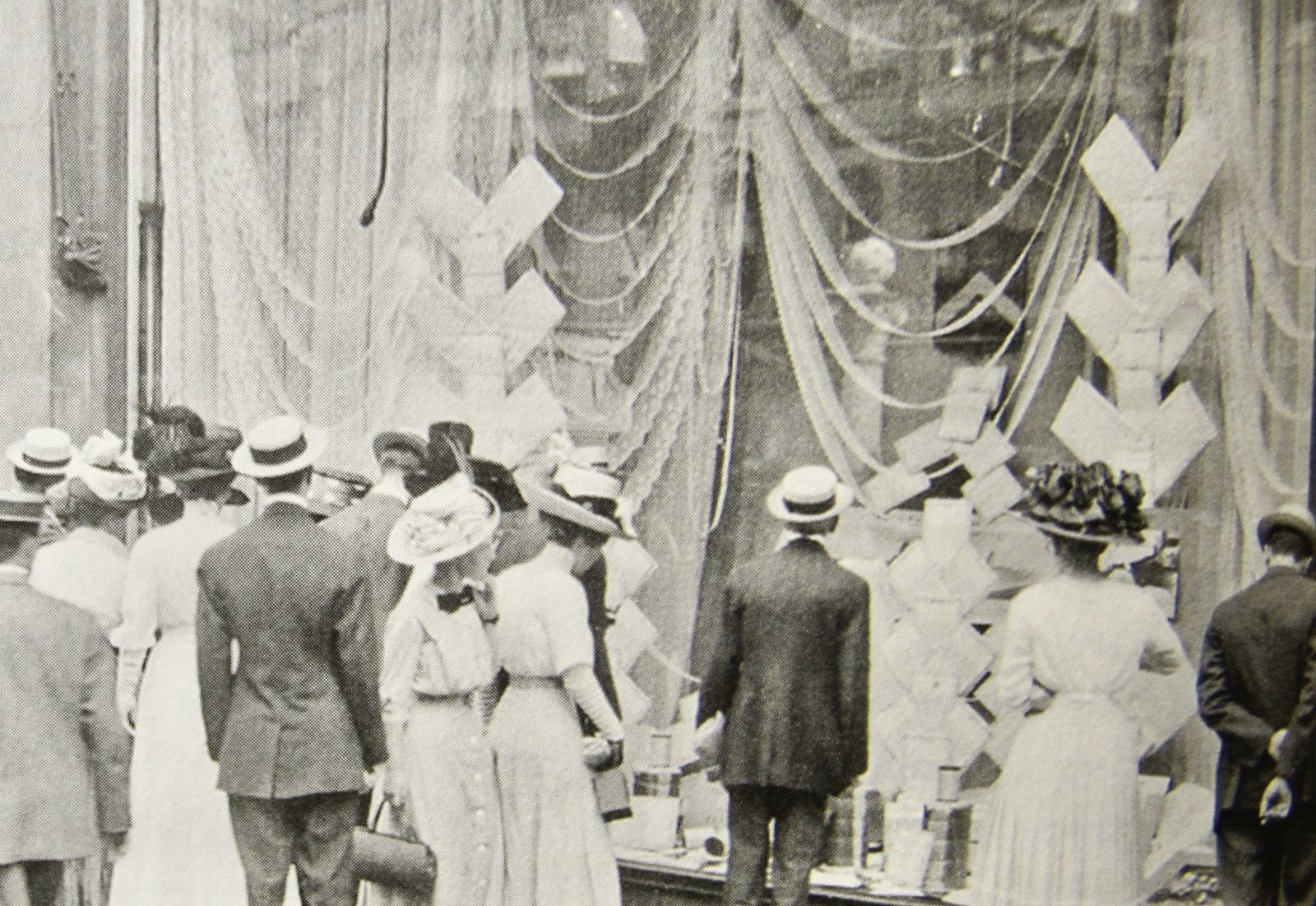
INDUSTRIAL DESIGN AND MACY'S
Marshall Field's department store (1852-2006) was known as one of the finest places to shop. They sold not just the latest fashions from France and Italy, but also a multitude of items produced on a newly massive scale by factories instead of the old way by hand.
What is industrial design? The creation of the form and features of physical products intended for mass production. Examples are furniture, cars, home appliances, packaging, clothing and toys. Fashion is a kind of industrial design.
Historically you could get many kinds of home goods and toys here in addition to clothing and accessories. (That's mostly what Macy's sells here today).
WINDOW DISPLAYS
The concept of creating art out of window displays was innovated at this building (which also has an incredible Tiffany glass mosaic inside if you want to explore). Today this display window likely doesn’t have the level of artistry you’d see out of a window of the past.
See a pretty display of handkerchiefs and laces in this window (early 1900s):

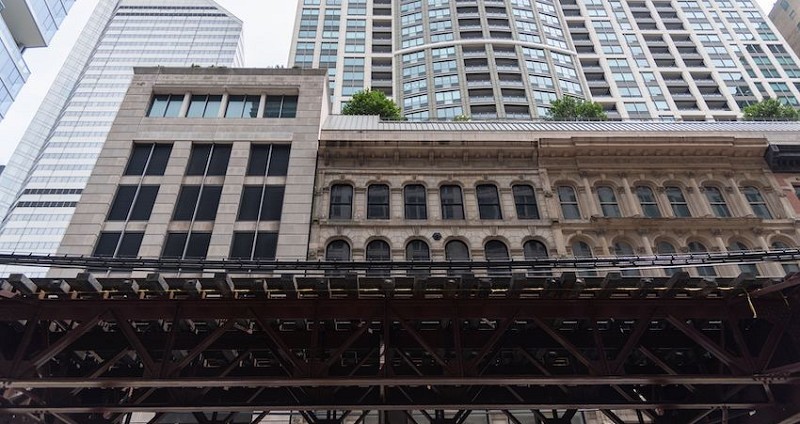
⇒ARCHITECTURAL DESIGN ON WABASH
Simply turn 180 degrees so your back is now to Macy's.
👀 Look beyond the 'L tracks and look up. Can you find the trees above the old buildings?
The buildings you see date back to the 1870s and 1880s. However, it's just a facade. In order to build the skyscraper you see towering behind it, they kept only the front of the older buildings. Behind the facade is the new structure. The "facadectomy" as it's called preserves the historic character while adapting to change.
What is architectural design? The process of planning a structure. “Architecture” on the other hand includes the completed structure.
⇒ARCHITECTURAL DESIGN ON WABASH
Simply turn 180 degrees so your back is now to Macy's.
👀 Look beyond the 'L tracks and look up. Can you find the trees above the old buildings?
The buildings you see date back to the 1870s and 1880s. However, it's just a facade. In order to build the skyscraper you see towering behind it, they kept only the front of the older buildings. Behind the facade is the new structure. The "facadectomy" as it's called preserves the historic character while adapting to change.
What is architectural design? The process of planning a structure. “Architecture” on the other hand includes the completed structure.
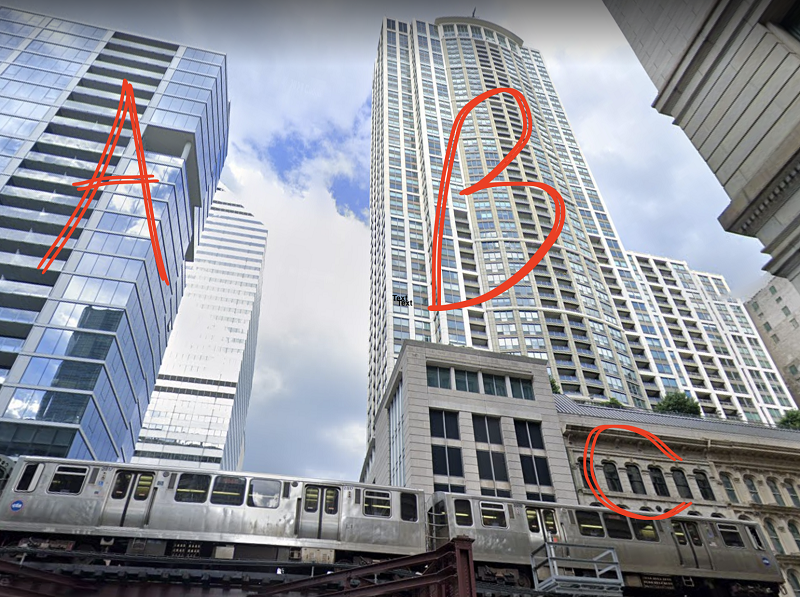
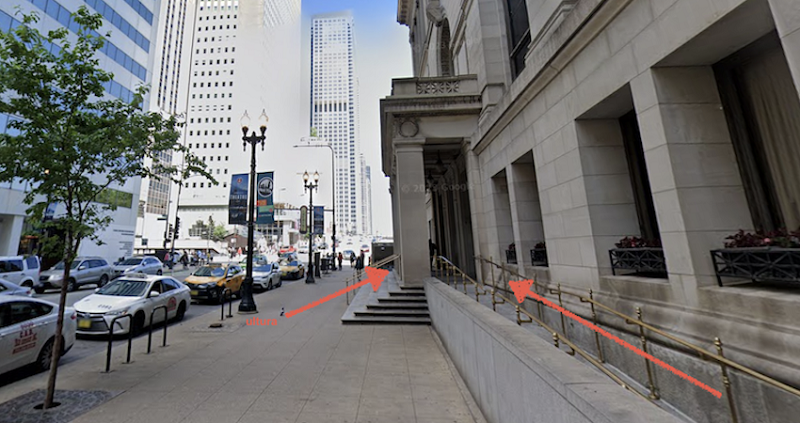
⇒INTERIOR ARCHITECTURE & DESIGN IN THE CULTURAL CENTER
A block east, pass Garland and enter the big stone building (the Cultural Center). Walk past the security desk to the big open room with lots of seating and feel free to grab a seat.
IF NOT DURING OPEN HOURS: Enjoy a stroll down Garland (the nice alley). At the south side of the building (Washington St), grab a seat on the steps if you're inclined. You'll need to use your imagination and the photo for just the next part.
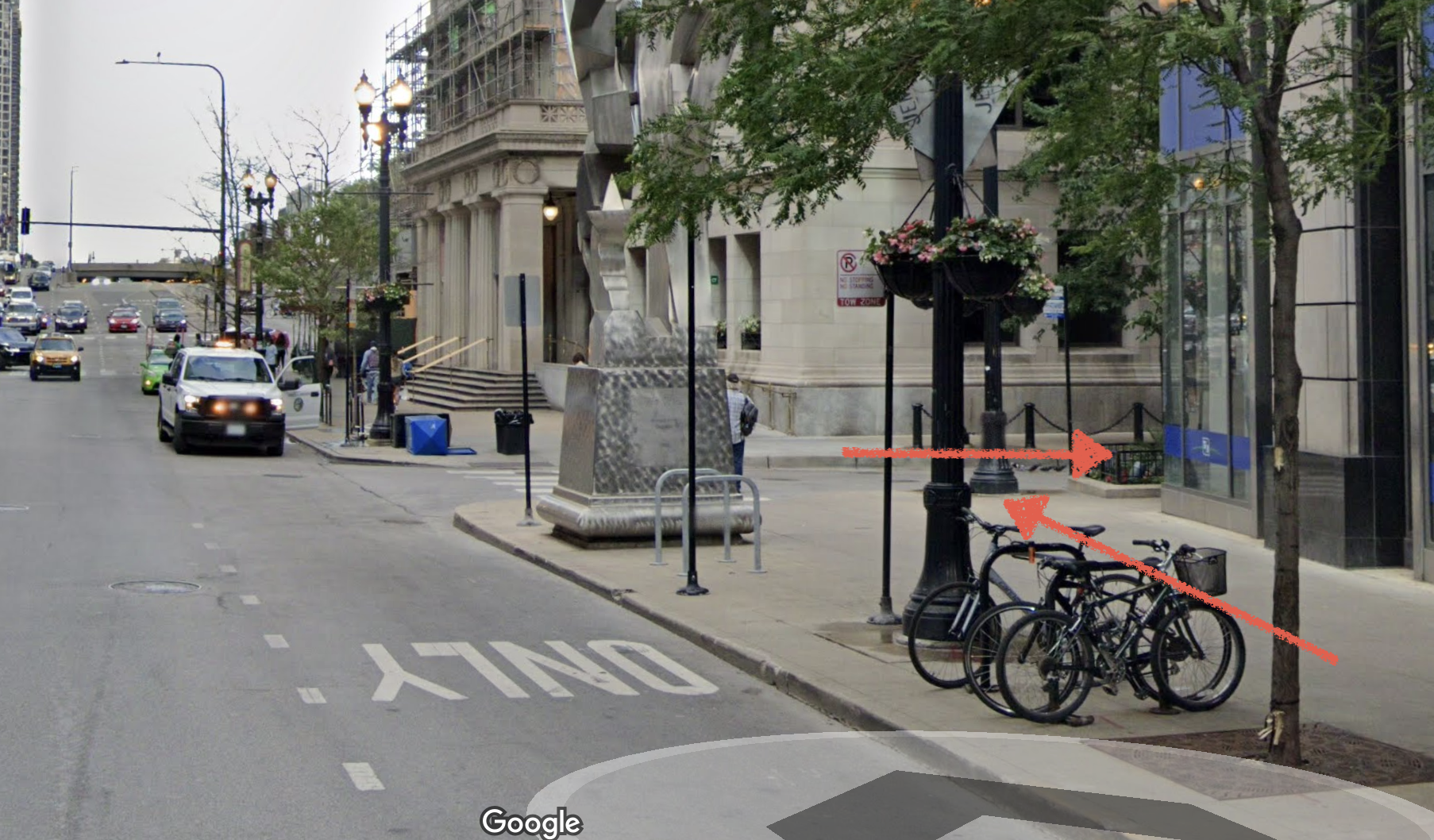
⇒INTERIOR ARCHITECTURE & DESIGN IN THE CULTURAL CENTER
A block east, pass Garland and enter the big stone building (the Cultural Center). Walk past the security desk to the big open room with lots of seating and feel free to grab a seat.
IF NOT DURING OPEN HOURS: Enjoy a stroll down Garland (the nice alley). At the south side of the building (Washington St), grab a seat on the steps if you're inclined. You'll need to use your imagination and the photo for just the next part.

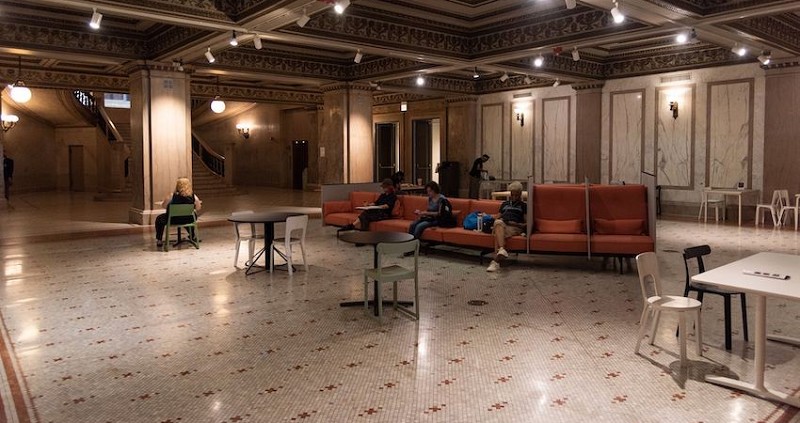
INTERIOR ARCHITECTURE & DESIGN IN THE CULTURAL CENTER
INTERIOR ARCHITECTURE & DESIGN IN THE CULTURAL CENTER
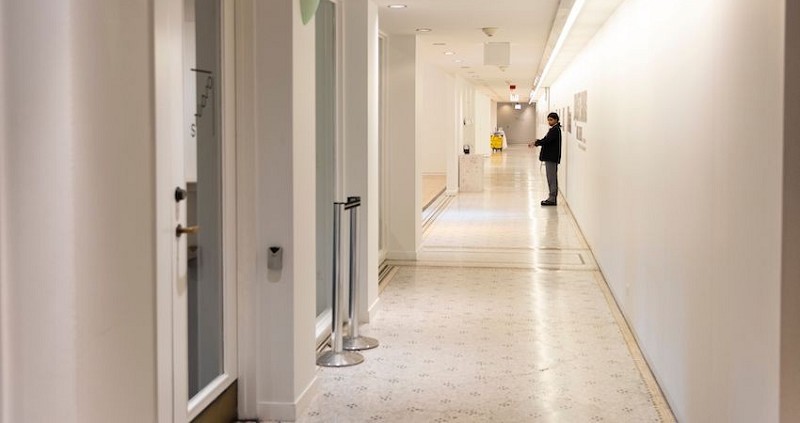
⇒MORE INTERIOR DESIGN
⇒MORE INTERIOR DESIGN
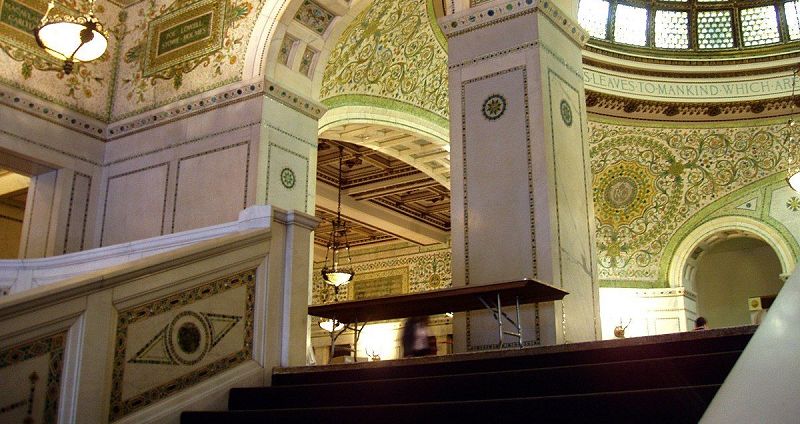
INTERIOR DESIGN IN PRESTON BRADLEY HALL
Now you see interior design to the maximum!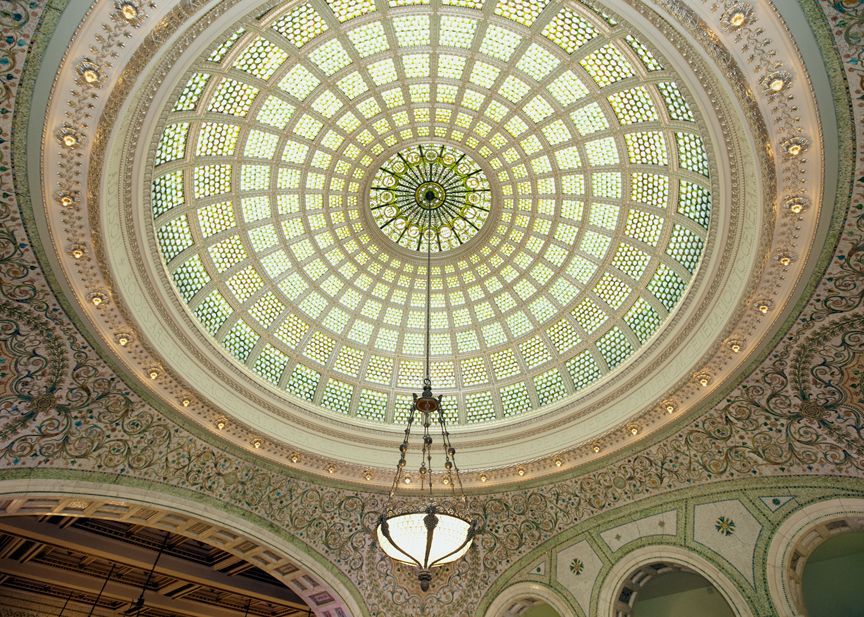
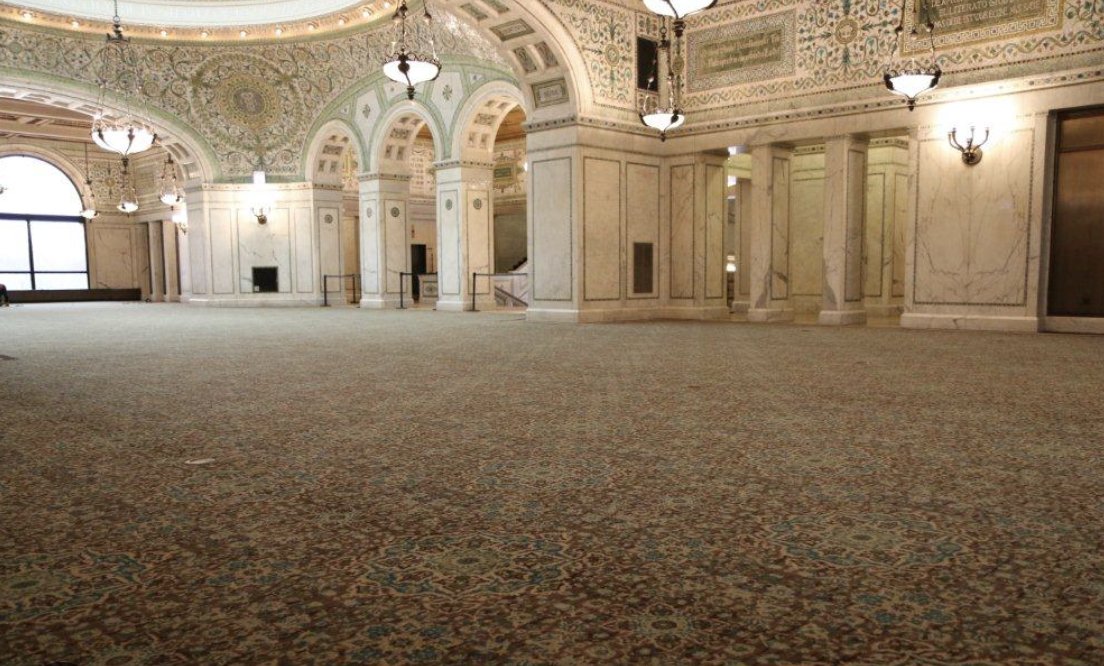
INTERIOR DESIGN IN PRESTON BRADLEY HALL
Now you see interior design to the maximum!

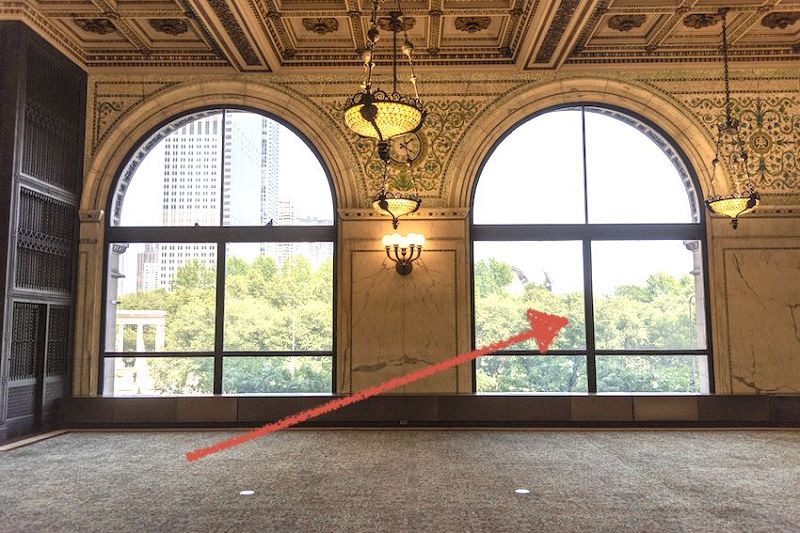
⇒LANDSCAPE ARCHITECTURE AND MILLENNIUM PARK
⇒LANDSCAPE ARCHITECTURE AND MILLENNIUM PARK
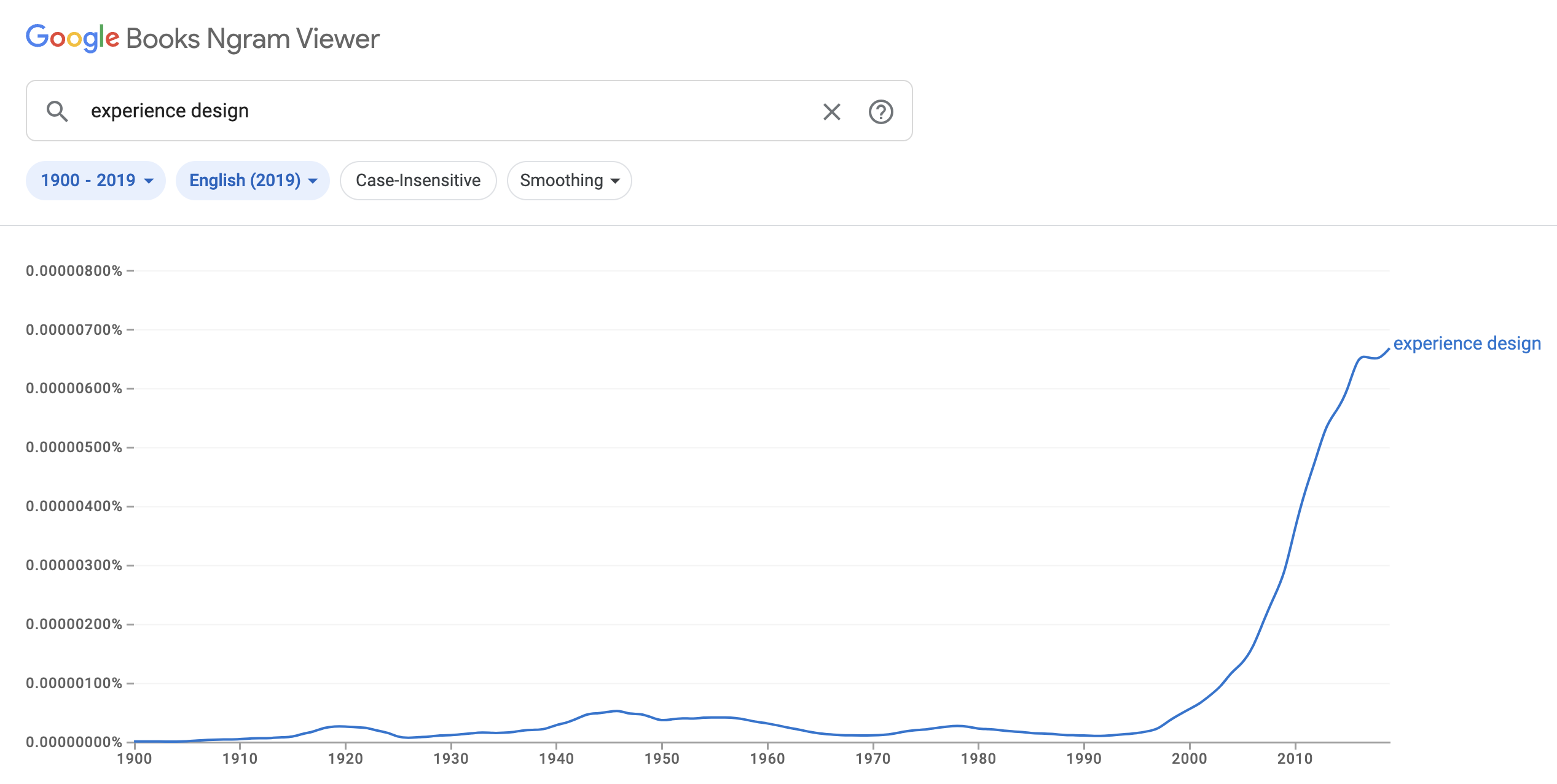
What is experience design? Solving problems while prompting specific emotional responses that spark behaviors like buying a product or returning to the business.
A hospital delivers the service of stitching a cut. The experience would comprise all the interactions and feelings that a person goes through from making an initial phone call to finding the hospital, entering, speaking with a nurse, getting the stitches, leaving, aftercare and dealing with billing afterwards.
UX (user experience) design, which has a lot of overlap with CX (customer experience), usually focuses on what individual customers do, I.e. Interact with a kiosk, a website or poster. It often refers to digital products like websites and apps.
Service designers configure the people, processes and platforms for the delivery of a service. They holistically consider both what the customer experiences and how the company successfully delivers it.
One could say that UX, CX and service design are all under the umbrella of experience design. As we’ve discovered throughout this experience, different kinds of design have lots of overlaps and fluid boundaries between them.

What is experience design? Solving problems while prompting specific emotional responses that spark behaviors like buying a product or returning to the business.
A hospital delivers the service of stitching a cut. The experience would comprise all the interactions and feelings that a person goes through from making an initial phone call to finding the hospital, entering, speaking with a nurse, getting the stitches, leaving, aftercare and dealing with billing afterwards.
UX (user experience) design, which has a lot of overlap with CX (customer experience), usually focuses on what individual customers do, I.e. Interact with a kiosk, a website or poster. It often refers to digital products like websites and apps.
Service designers configure the people, processes and platforms for the delivery of a service. They holistically consider both what the customer experiences and how the company successfully delivers it.
One could say that UX, CX and service design are all under the umbrella of experience design. As we’ve discovered throughout this experience, different kinds of design have lots of overlaps and fluid boundaries between them.
- Format (digital or analog)
- Route
- Duration of the experience
- Topics
- Amount of content
- Interaction among people (if doing with someone else)
- Navigation
- Emotional journey
- Incentives to complete
- Other details for logistics and emotional response.
- Format (digital or analog)
- Route
- Duration of the experience
- Topics
- Amount of content
- Interaction among people (if doing with someone else)
- Navigation
- Emotional journey
- Incentives to complete
- Other details for logistics and emotional response.
- The linear experience similar to what you just did
- Map
- Chapters so you can easily take breaks or skip ahead
- Information for background and "how to."
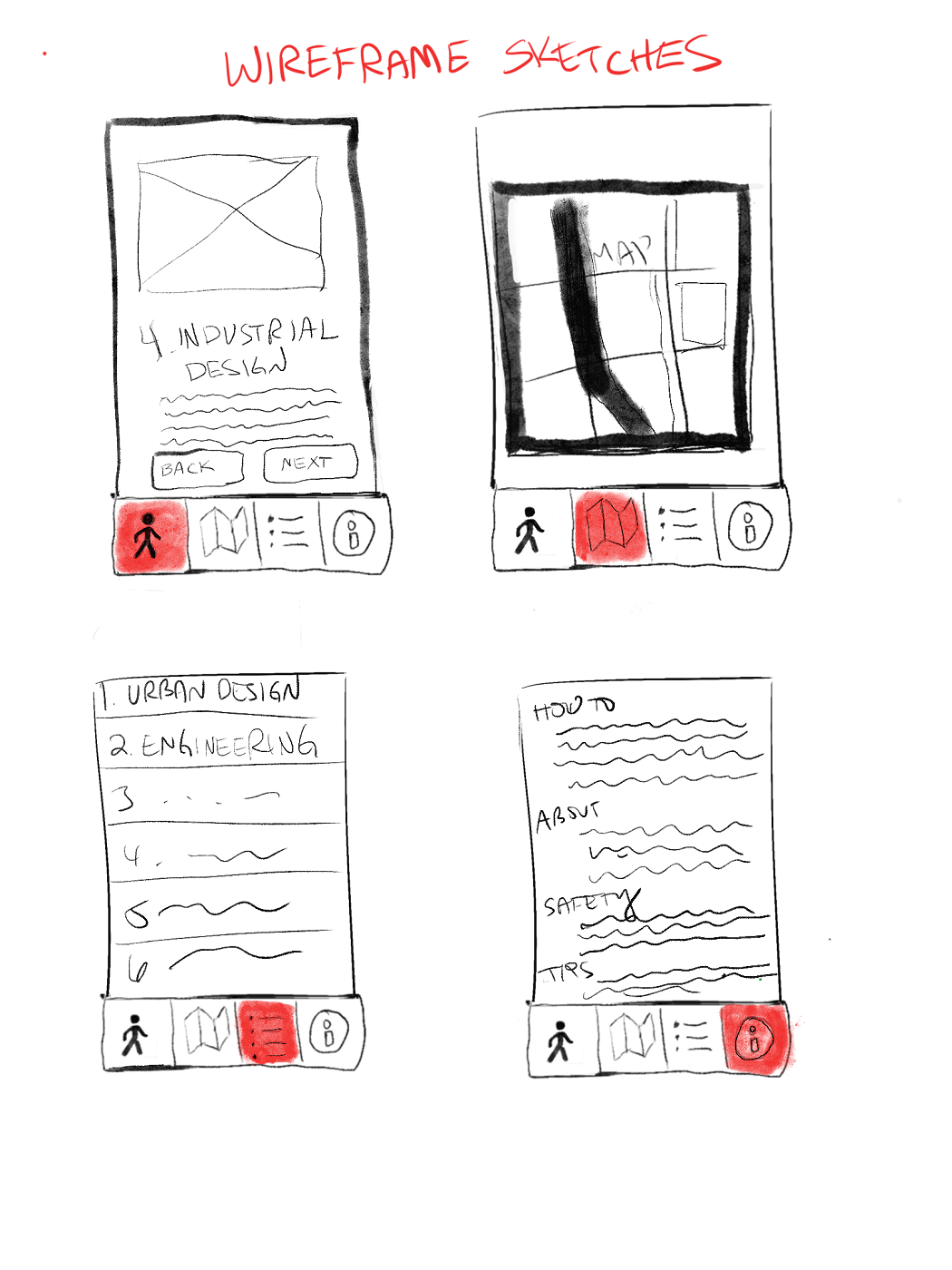
- The linear experience similar to what you just did
- Map
- Chapters so you can easily take breaks or skip ahead
- Information for background and "how to."
